Our Journey
In the summer of 2019, we found ourselves with two months of overlapping vacation, and minds eager to creatively collaborate after our first artistic collaboration, Backyard Worlds. Our shared hunger to learn more about literature and history through a feminist lens, inspired us to develop Reth aur Reghistan (Sand & Desert). Our first step was to research folklore in Pakistan, then interpret it through art and poetry, and finally, publish a book based on our work. Understanding the time, money and commitment required to produce art, we spent the next few months applying to grants. But by June 2019, our flights had been booked and two of our grants had been rejected. As the expected reply date of early July passed for our final pending grant, we filed the project away as overambitious.
Having moved to Canada in 2014, we hadn’t been back to Karachi in five years. In late July, we spent 10 days trekking to Fairy Meadows, exploring Hunza, and getting a break from Karachi’s heat. Most of our trip was unplugged, and our promised Wi-Fi in Hunza didn’t work due to landslides in the area.
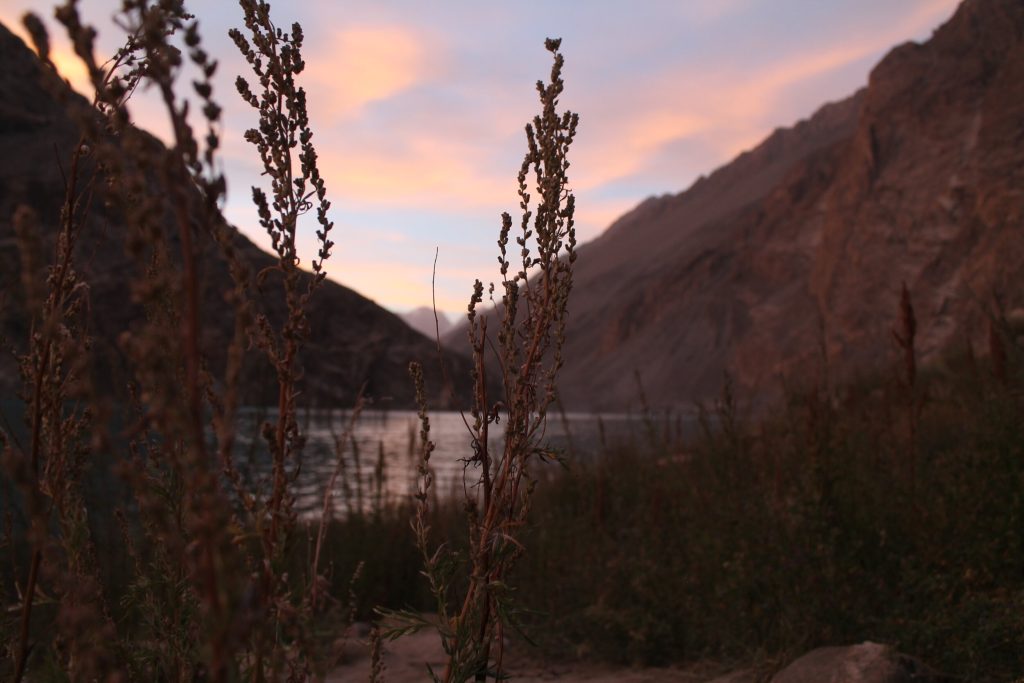
On the final night of our trip on July 31st, the internet on Manahil’s phone loaded for just enough time for new emails to pop up. There it was darkening the inbox, a response to a grant from the Canada Council for the Arts! The only information in the email was that the grant had been approved. We were ecstatic. Manahil scrambled to remember her password to the grant portal, praying that the internet would stay connected long enough for her to log in.
It worked – we had our first project grant! The next morning we switched to work mode. One of our main places of research was the Lok Virsa Museum in Islamabad. Luckily, we had a morning in Islamabad before our train to Karachi. We reached our hotel at 2 a.m., had a five hour sleep, and with renewed vigour, took a Careem to the museum.
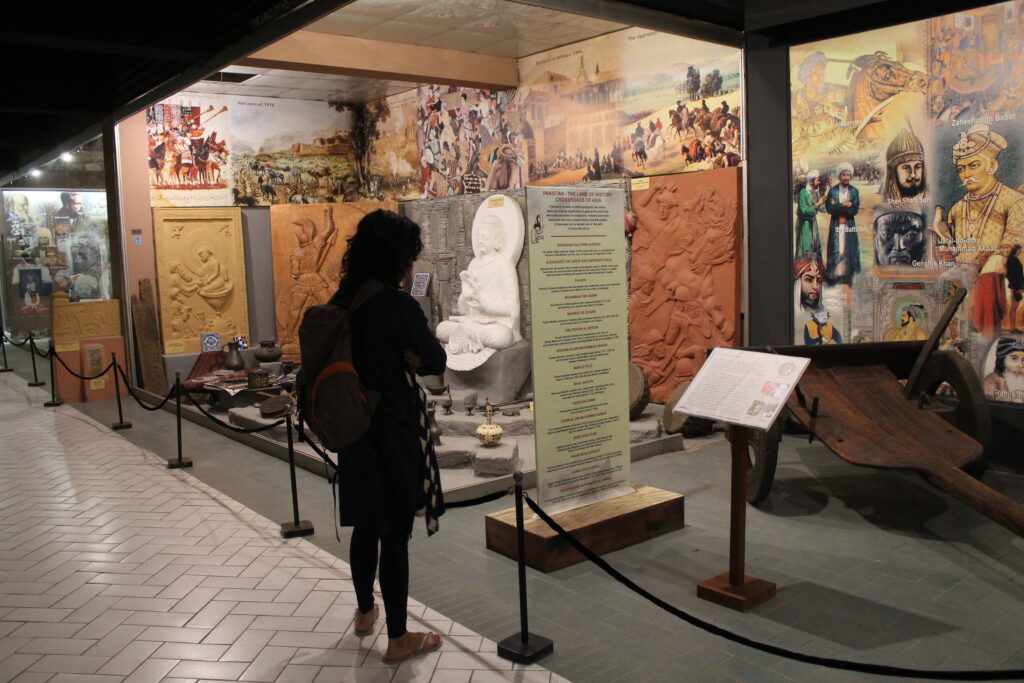
In Karachi, we had to eat, breathe, and sleep research. We left a hang-out at Nimra’s friend’s house with a stack of books on Shah Abdul Latif Bhittai, Lal Shahbaz Qalandar, and Pakistani craft traditions. While reading an article on Jhulelal, we saw a relative’s name, and talked to her about her research while her one-year-old daughter chewed our research notebook (our recording of that interview is punctuated with a baby’s laughter). We showed up to dinner plans with shalwar kameezes stuck to our back after our last-minute interview with Sindhi scholar Dr. Kaleemullah Lashari ran longer than expected. As each person excitedly connected us to the next, every door we opened led to a few dozen others. We spent three weeks navigating through the maze of stories, memory, past, and present and experiencing how research is truly a fractal.
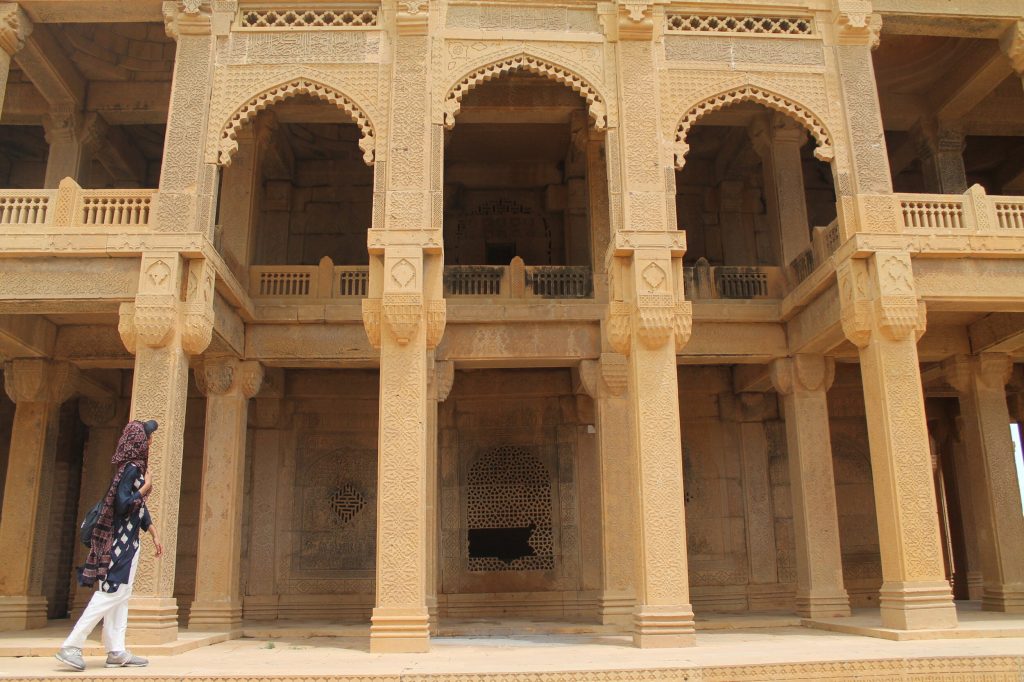
To create sculptures of the stories we collected, we challenged ourselves to use found materials. We collected items from outings and trips, but most of our materials came from years worth of objects our grandmother had saved, from delicate pieces of saari to gorgeous embossed wedding invitations.
Once back in Canada, we gathered the scribbles from our notebook and transcribed interviews. Our mum’s fluency in Urdu and familiarity with Sindhi was much needed to fill in the gaps in our translation. We started sharing our research, adding in funny anecdotes and encounters, and connecting threads.
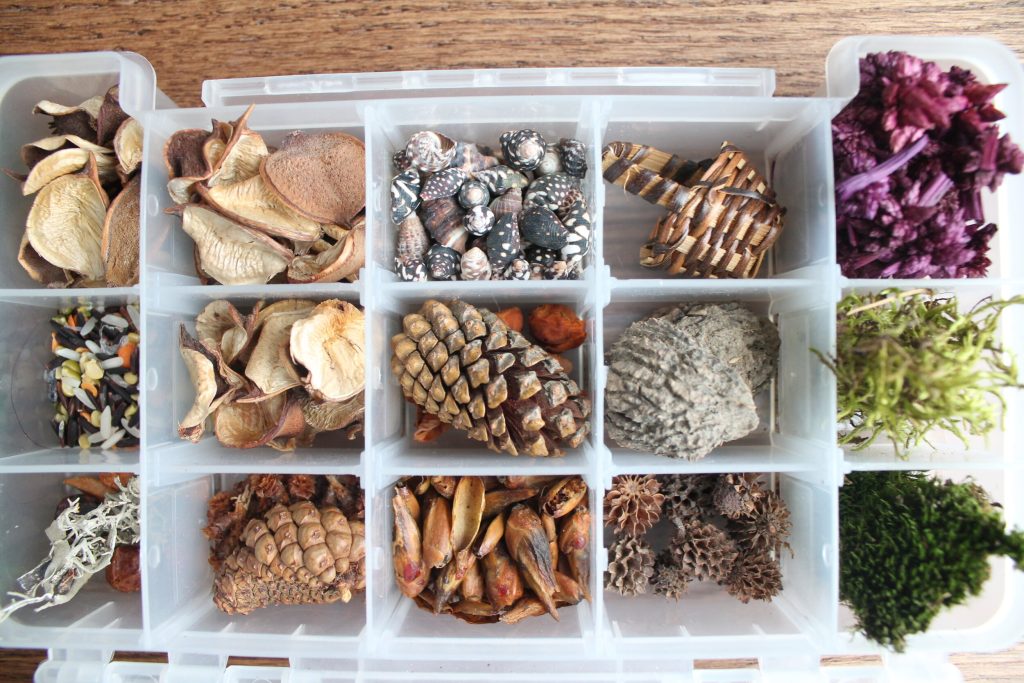
We spent the next year working on the manuscript and creating sculptures that interpreted the stories. We gathered materials from any and everywhere and let our imagination run wild. Everything was a potential sculpture material (who needs Michael’s when there’s daal in your pantry?). Morning jogs were an especially great place for “aha!” moments when we found ourselves in a slump.
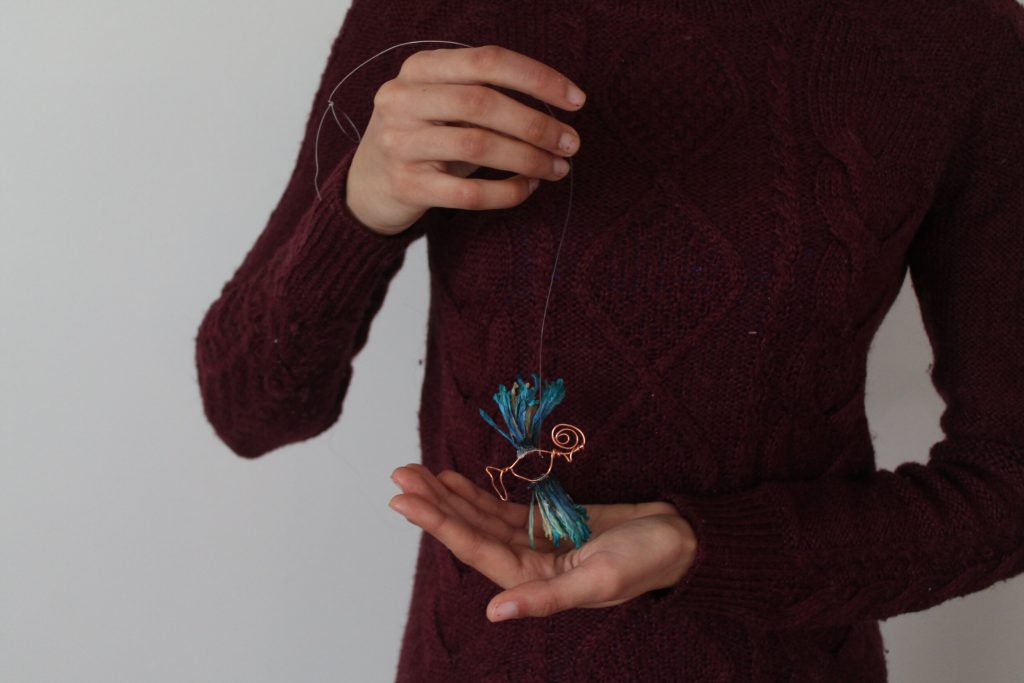
Our studio was our living room, our photography set-up two chairs and a white sheet, and our art spread a shocking blue tarp (in hindsight, not the most attractive for promotional shots). Initially, our family observed with curiosity. Once they finally understood what we were doing, they started helping us. Our mum got into making wire paris. Our younger sister created an intricate daal mandala. Four days after fumbling with our makeshift chair set-up, our dad pulled out a professional backdrop from the garage.
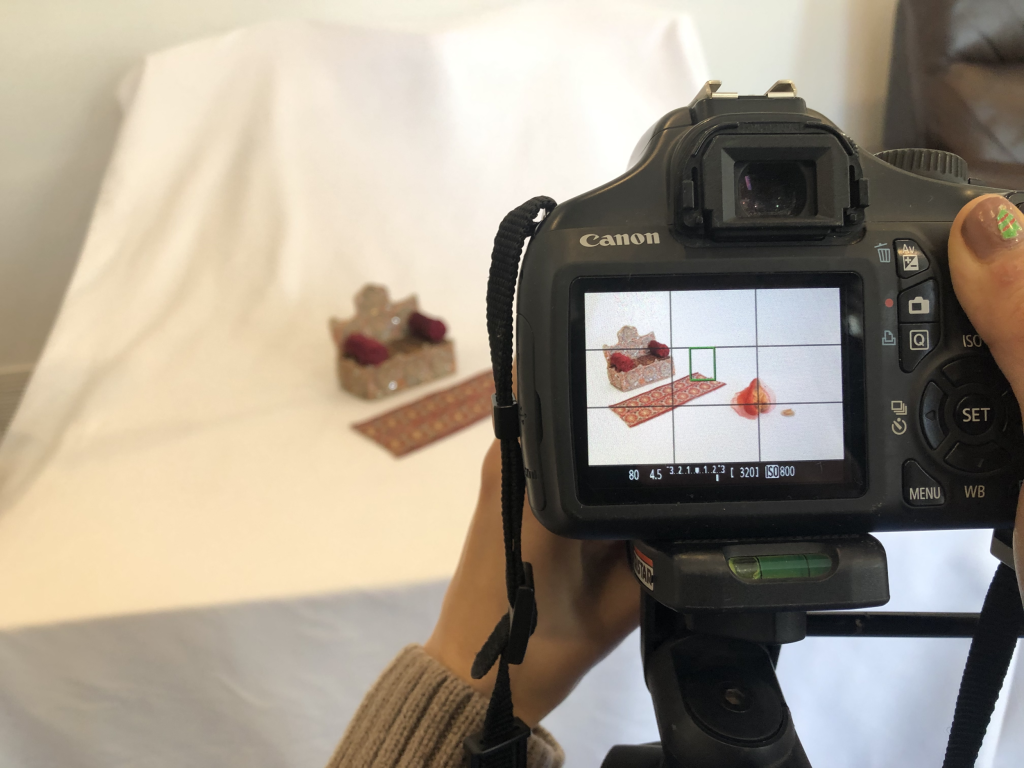
As the snow melted away, we collected new materials for creating sculptures, including dandelions, freshly mowed grass, sand, and seeds. How could we explore composition, colour, and texture through the materials we chose to tell stories? How could we use angles, shadow and light to focus on specific characters or themes? The magic of having two brains over one was that we could build up on (and break down) each others ideas, co-motivate one another, and test our creative limits. In the composition for Sohni and Mahiwal, as shown below, Manahil suggested using old wedding cards to cut out characters, while Nimra drew out the composition. Nimra thought of using cut grass as the background, while Manahil added in the the tiny details of Sohni’s earring and bracelet.
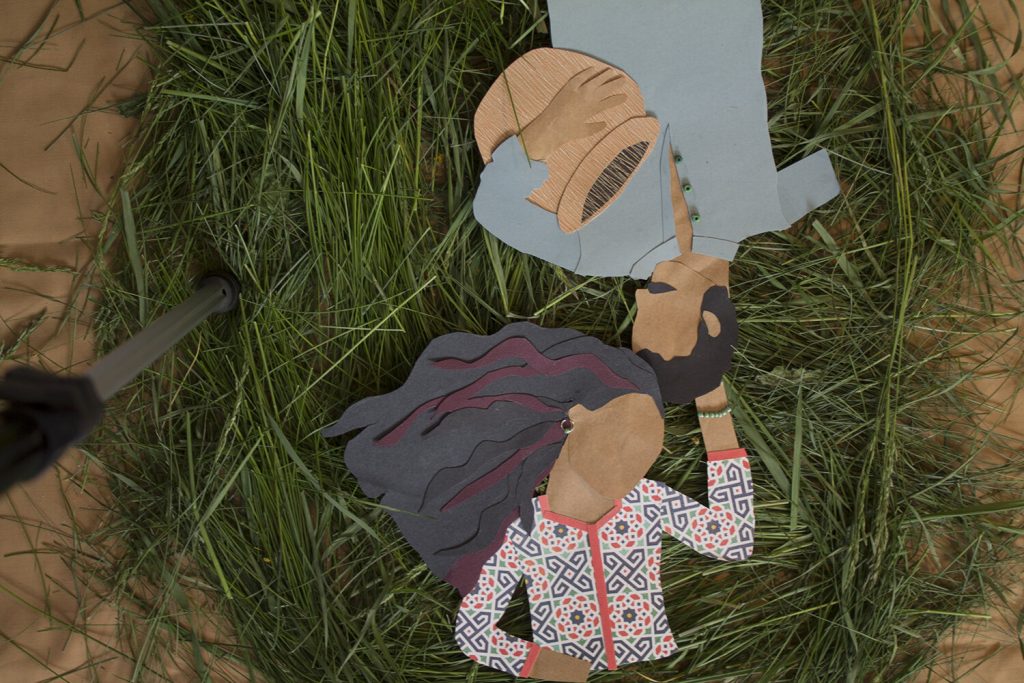
Our journey has since developed into workshops, a book, and more! Browse our events to see what we’re up to now.
Follow our journey on Instagram!